One of the things divorcing spouses must agree on when ending their marriage is how they will split their joint assets and debts. This process includes homes, vehicles, investments and retirement savings.
Even though a retirement account like a 401K is in the name of one spouse only, it may well be deemed a marital asset and therefore subject to split.
Withdrawals from 401K accounts
As explained by the United States Department of Labor, when a person withdraws funds from their 401K account or other employer-sponsored retirement savings plan for purposes other than retirement, they may be subject to very high penalties as well as income taxes on the money received. These fees and taxes may take quite a big bite out of their hard-earned savings and dramatically reduce the amount of money they net.
If the account owner follows this process to satisfy a property division settlement, they may end up having to withdraw more money than they would if they used a qualified domestic relations order.
The qualified domestic relations order
According to the Internal Revenue Service, a QDRO allows the non-account-owning spouse to be listed as an alternate payee on a 401K account. The QDRO outlines the terms of all distributions that should be made from the account to the alternate payee pursuant to the divorce agreement.
With the QDRO in place, money from the retirement account flows directly to the alternate payee. The account owner avoids incurring early withdrawal fees and income taxes on the withdrawal. The spouse also avoids paying early withdrawal fees. Taxes may be deferred by reinvesting the money into another retirement account.


